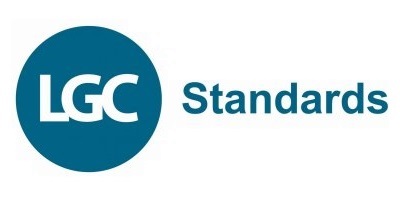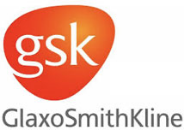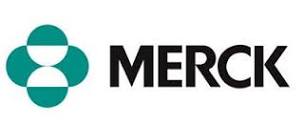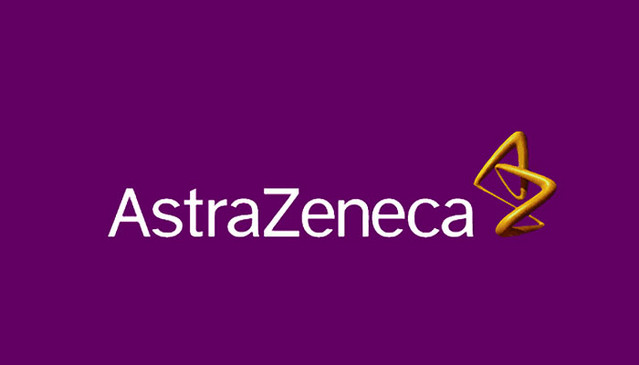Controlled Drug lists for the UK
This blog is part of a series of articles looking at how chemical, pharmaceutical and research organisations can easily stay compliant against controlled drug and related regulations globally. We also have blog posts on research exemptions and how to asses if you are likely to have controlled and regulated substances in your research collections.
A common misconception when trying to identify if a chemical is controlled under the UK Misuse of Drugs Act is to assume that you can simply download a list of controlled substances and compare names
Indeed google reports that on average in 2022 search terms such as 'controlled drugs list uk’, ‘list of controlled drugs uk’ or ‘list of controlled drugs’ are used over 1000 times per month in the UK alone, so you are not alone in assuming this.
In this blog I’ll explain why trying to compare to a list of substance names is highly error prone and likely to lead to compliance issues and more importantly what you can do to avoid these pitfalls.
It seems like it should be easy right? Get a list a of controlled drugs, compare it your chemicals to see if any are controlled. So why isn’t it that easy?
Many ways to name a molecule
Firstly, the name given in the schedules is a typical name. However chemicals can be known by hundreds of names and identifiers. If the name you have does to 100% match the name in the schedule you will miss it.
For example take Ethyl 2-phenyl-2-(piperidin-2-yl)acetate. This is a schedule 1 controlled substance in the UK, listed as Ethylphenidate. However its also listed as controlled as Nopaine, Ethyl phenyl(piperidin-2-yl)acetate and 57413-43-1 by regulators outside the UK. Pubchem lists over 15 different synonyms or chemical names for the same molecule. A simple name search for Ethyl 2-phenyl-2-(piperidin-2-yl)acetate against the list of UK controlled drugs would not have found anything.
When you consider that there are hundreds of named substances in controlled drug laws, each with dozens of potential common names you can quickly see why keyword or name searching won’t work.
Also, what happens if you don't have the name - just a chemical structure, a name search won't help with this
Variations of the named chemical
Most of the time, the named molecule is just the example. Its very common for all known ethers, esters, salts, positional isomers and stereoisomers to also be controlled. You won’t find the names / numbers of these variations listed, you have work it out yourself.
Analogues are also controlled
Often as well as defined variations, analogues of a controlled substance are also considered controlled. This is very common in the USA, Mexico and Canada, but less so European countries (or the UK) and China who prefer to use defined chemical space / chemical families instead. What is defined as an analogues is subjective and ultimately upto the courts to decide. However you can computationally try and predict if a chemical will be considered an analogue (read our guide to this here) and take an informed risk based decision on whether you wish to treat it as controlled or not.
Controlled chemical families
In an effort to avoid “legal highs” where a small chemical change is made to a molecule to technically take it out of control, but retain its narcotic effect, legislators often choose to control entire chemical families of similar molecules. These are often known as 'generic statements', 'Markush rules', or 'chemical family' based controls. Whereas “analogues” is unclear in what is meant, these statement are very precise (although complicated) in defining exactly what chemicals are controlled or not, so easy to prosecute.
The UK with the Misuse of Drugs act was the first country to use generic statements, starting in 1977. There are now several dozen of these in the UK legislation alone, one (probably the simplest) example is below
‘any compound structurally derived from phenethylamine an N -alkylphenethylamine,a-methylphenethylamine, an N -alkyl-a-methylphenethylamine,a-ethylphenethylamine, or an N -alkyl-a-ethylphenethylamine by substitution in the ring to any extent with alkyl, alkoxy, alkylenedioxy or halide substituents, whether or not further substituted in the ring by one or more other univalent substituents’
This is clearly very complicated to understand and cannot be searched for via name matching. We've written seperate blog posts on generic statements if you wish to read more
The reality is that in the UK the vast majority of chemicals controlled by the Misuse of Drugs Act are controlled by generic statments.
If you cannot rely on name matching, how do you easily check the controlled drug lists?
So if name searching / list matching does not work, what can you do to easily check if a chemical is regulated?
The good news is that all these issues can be addressed if you encode the rules and substances to be searched by chemical structure. In doing this you can enter a chemical name or a structure and instantly know if it’s a controlled drug or not bycomputationally comparing its chemical structure. Fortunately the chemical search wizards and controlled drug legislation experts at Scitegrity have already done this for you with Controlled Substances Squared. Simple enter your chemical(s) names or structures, hit check and instantly know whether its on the Misuse of Drugs Act (along with dozens of other countries) list of controlled drugs or controlled chemical space.
But if you still want to try name matching you can find the list of named substances and generic statements under the Misuse of Drugs Act, you can get them from the offical source here.
But to quickly, easily and accurately check all these and controlled drug laws from around the world, use Controlled Substances Squared.
Trusted by our Clients











